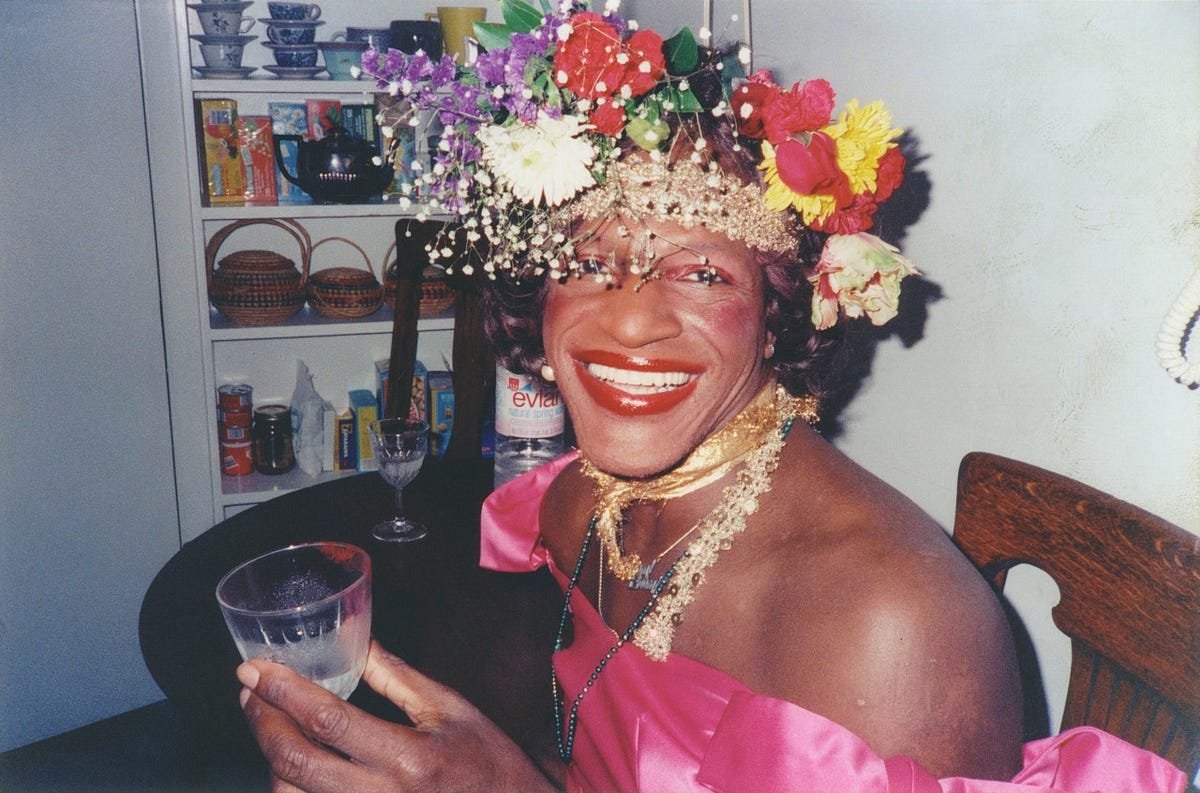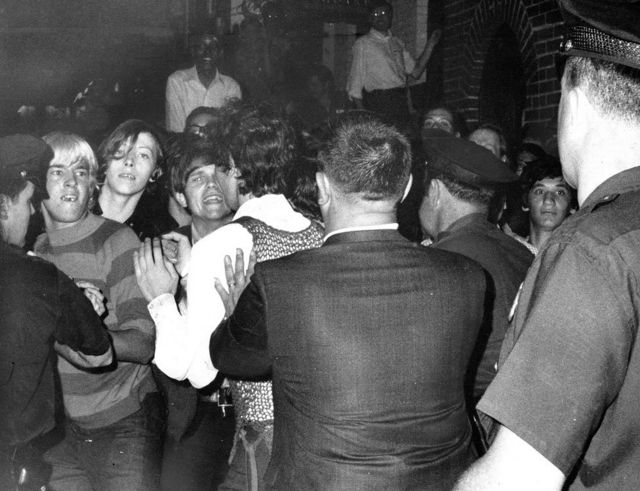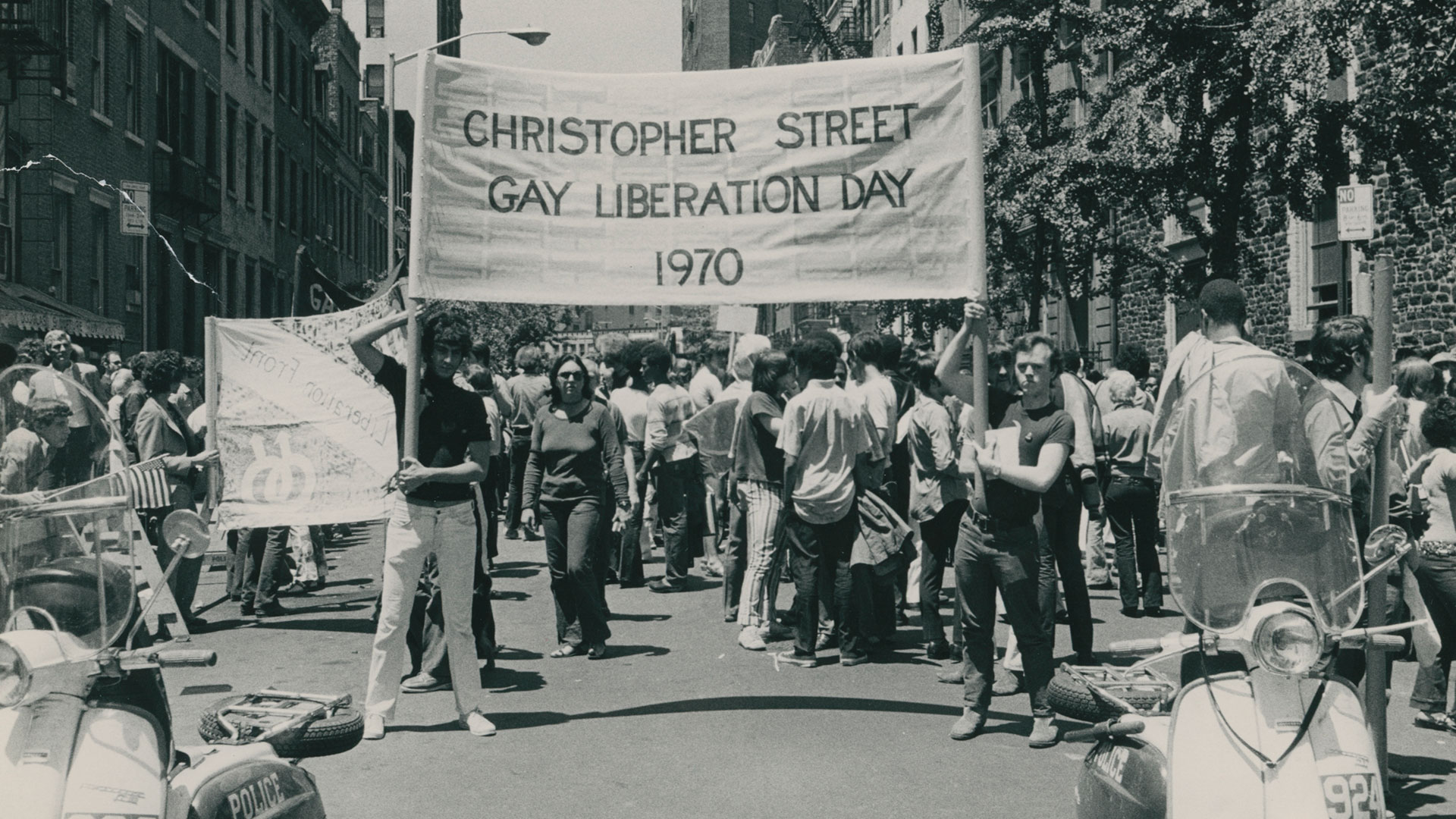Anyone in or allied to the LGBTQ+ community will know the name Stonewall. But there was so much more than the riots (or more appropriately referred to as the “uprising”) that took place in New York City.
There were years of raids, arrests, mob control, and other layers of pressure that would build into an explosion of “we’ve had enough!” and eventually the country’s first pride parade. Let’s take a closer look at what happened in the city and the Stonewall Inn that’s made it such a historical landmark.
Gays Not Welcome
In and before the 1960’s it was against the law to solicit or engage in any kind of same-sex relationship. Because of this, there weren’t many safe places the gay community could go out and express themselves openly.
The New York State Liquor Authority went the extra mile to make things harder. They took away the liquor licenses of any business that was caught serving gay (or even suspected gay) patrons. Next, they would fine and shut down the bar altogether. All this was done under the guise that even having LGBT people gather in the same place was considered “disorderly.”
It was pretty disgusting.
A Tiny Step Forward
In 1966, a group of activists managed to overturn the law that gay people couldn’t be served alcohol. But that didn’t stop the police from harassing them while they were in the bars – since things like holding hands, kissing, or any form of touching were enough to get you beaten and arrested.

The Mob Stepped In
The Mafia was already controlling a lot of the booze in bars across New York. But with the absence of gay bars, and the large group of customers that wanted one, they didn’t waste time. They purchased the Stonewall Inn, redecorated it as cheaply as possible, and declared it a “private bottle bar.” This meant people had to bring their own bottle – but of course, that wasn’t the actual case. The mob controlled the booze and watered them down beyond belief.
But the patrons didn’t care. There might not have been any running water, glasses weren’t clean, the toilets might have been backed up most of the time, and rich patrons were often bribed to keep their sexuality a secret, but it was a place that was safe for them. The mob bribed the 6th prescient to keep the law away and dirty cops informed them of any raids.
Entry cost was dirt cheap and anyone was welcome. Drag queens could come as they wished, partners could dance with each other, and gay street kids had a safe space for a few hours.
June 28, 1969 – The Cops Arrive
Just two days before, the Stonewall Inn had been tipped off that there was an incoming raid. However, on the 28th, no one told the mob there was another wave incoming. This time, the patrons were there, and no one saw it coming.
The police charged in with a warrant. They roughed up people and drag customers and employees out onto the street, roughing them up. Female officers pull drag queens into the bathroom to pull up their dresses to check their “real gender.”
But here’s where things started to change.

Usually, the crowds would disperse – scared of the violence and arrests. But this time, the Greenwich Village community wasn’t cowering away. They stepped outside their home and came closer – all watching the scene unfold and ignoring the police’s order to step away. The ones being arrested that fought back were roughed up even harder.
One lesbian was hit badly over the head and shoved in a van. It was at that moment she shouted to the crowd to act.
It started with small things – like pennies, stones, and garbage. But it quickly grew into bottles, rocks, and anything else that was heavy and would do damage to the violent police officers. Mere minutes later, hundreds of locals were pushing back, and the cops and to run back into the Stonewall Inn for protection.

INTERESTING FACT: Although some claim Johnson “threw the first brick”, she maintained she didn’t get to the bar until the rebellion was already going.
The cops tried to build barricades, but the crowd broke through twice. Finally, the mob tried to burn it down. It wasn’t until the fire department arrived did the raging fire go out, and the cops were taken to safety.
But this was only the start.
Protests and Uprising, Not Riots
Even though the police presence was gone, the protests didn’t end. For the next five days, the crowds stayed – sometimes swelling to thousands of people. See so many people out in public, being who they were (standing strong as one) was a profound spark that would start something amazing.

It wasn’t the beginning of the gay rights movement, but it was the fire that was lit in the belly of everyone who was there … and it spread to those who weren’t.
“It was a galvanizing force for LGBT political activism, leading to numerous gay rights organizations, including the Gay Liberation Front, Human Rights Campaign, GLAAD (formerly Gay and Lesbian Alliance Against Defamation), and PFLAG (formerly Parents, Families and Friends of Lesbians and Gays).”
History.com
The First Pride Parade
It was one year later, June 28th 1970, that thousands of people walked from the Stonewall Inn to Central Park in the “Christopher Street Liberation Day” shouting, “Say it loud, gay is proud.”
Any other Stonewall Inn Uprising facts you want to share? Shout out in the comments!

